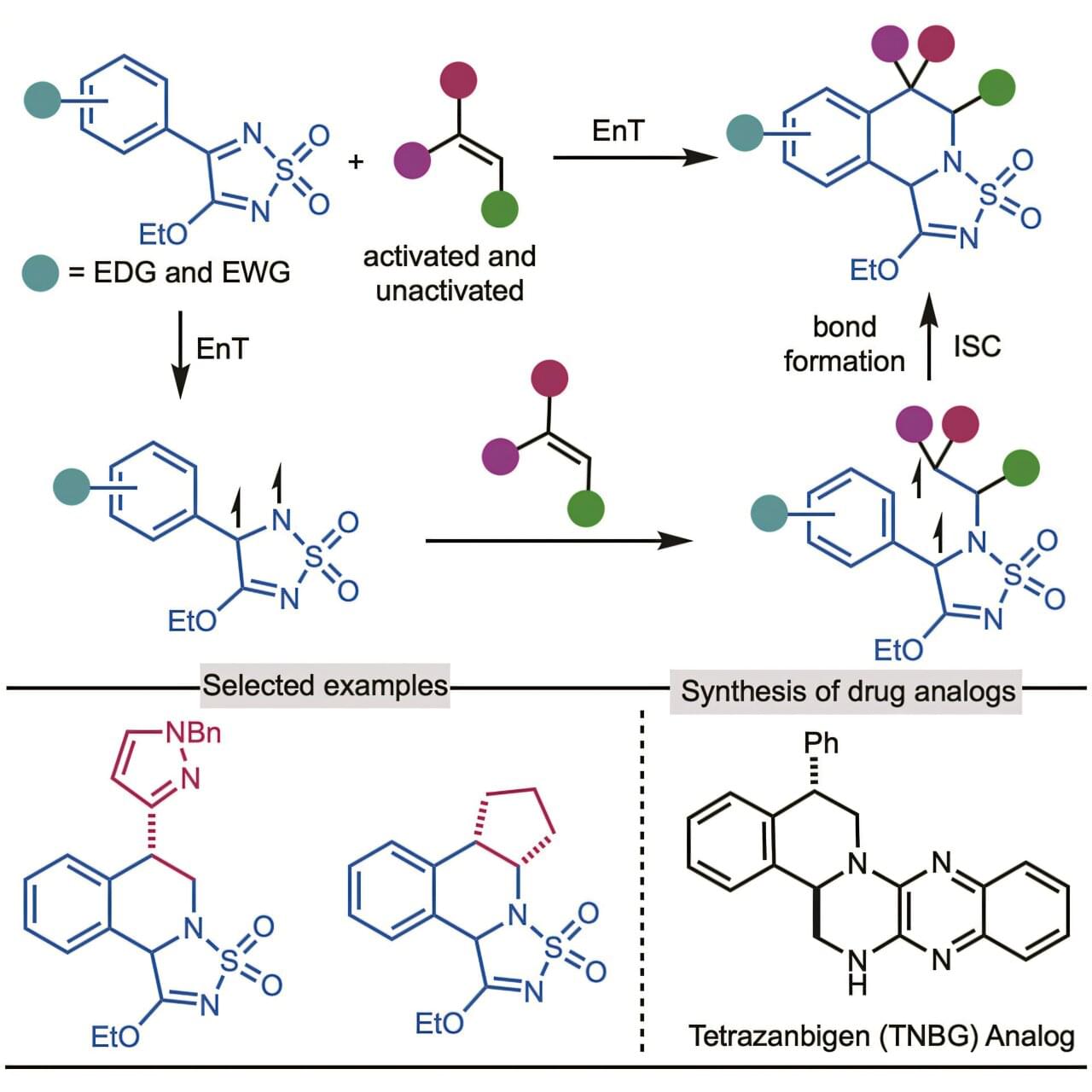Researchers at Indiana University and Wuhan University in China have unveiled a groundbreaking chemical process that could streamline the development of pharmaceutical compounds, chemical building blocks that influence how drugs interact with the body. Their study, published in Chem, describes a novel light-driven reaction that efficiently produces tetrahydroisoquinolines, a group of chemicals that play a crucial role in medicinal chemistry.
Tetrahydroisoquinolines serve as the foundation for treatments targeting Parkinson’s disease, cancer, and cardiovascular disorders. These compounds are commonly found in medications such as painkillers and drugs for high blood pressure, as well as in natural sources like certain plants and marine organisms.
Traditionally, chemists have relied on well-established but limiting methods to synthesize these molecules. The new research, co-authored by Kevin Brown, the James F. Jackson Professor of Chemistry in the College of Arts and Sciences at Indiana University Bloomington, and Professors Xiaotian Qi, Wang Wang, and Bodi Zhao of Wuhan University, presents a fundamentally different approach.
